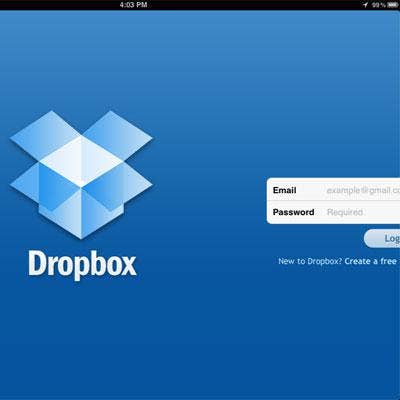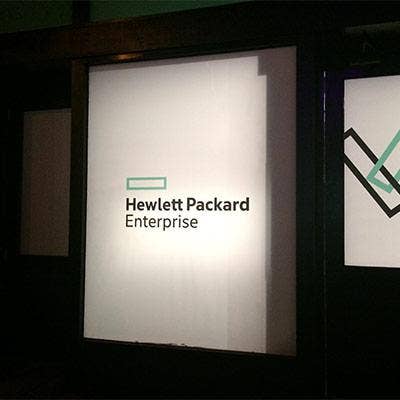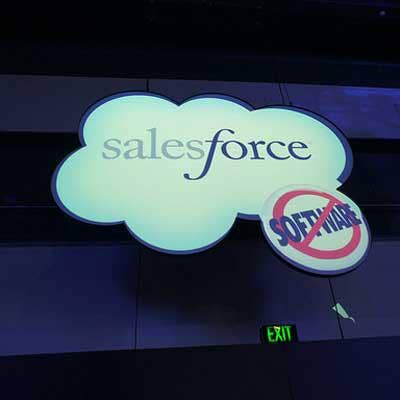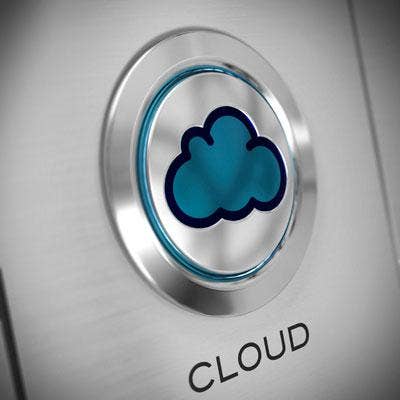10 Things You Need To Know About The Dropbox IPO

Digging Into And Beyond The S-1
The expected per-share price range of Dropbox's long-awaited IPO was finally announced, but the timing has yet to be unveiled.
Despite the excitement building around what could be one of this year's biggest IPOs, it is important to remember that Dropbox, despite fast-growing sales, has yet to turn a profit, and exists in a cloud storage environment dominated at the high end by some of the biggest names in tech -- think Amazon, Google, Microsoft and Apple -- and by a host of channel-focused rivals in the SMB market.
Much information about the financial strength of Dropbox and the competitive environment in which it exists can be found in the company's S-1 filing, which was recenlty updated. CRN delved into the S-1 in relation to what is happening elsewhere in the industry for a look at key facts about Dropbox.

Total Dropbox Valuation $7 Billion To $8 Billion, But That’s Not As High As It Was
Cloud storage and file sync and share technology developer Dropbox has set the price range of its upcoming IPO at between $16.00 and $18.00 per share, giving the company a target valuation of $7 billion to $8 billion.
At that IPO pricing, the total valuation of Dropbox is below the $10 billion valuation it hit in 2014 when it received a $350 million venture funding round, according to reports.

Dropbox Revenue Grows, But Still Not A Profitable Company
Dropbox, in its S-1 filing, reported 2017 revenue of $1.11 billion, up from $844.8 million in 2016 and $603.8 million in 2015. The company reported a loss for 2017 of $111.7 million.
About half the company's revenue in 2017 came from outside the U.S.
Dropbox had 1,858 full-time employees as of Dec. 31, and also uses contractors and consultants.

Ninety Percent of Sales Coming From Direct Sales
Dropbox said it has over 500 million users in over 180 countries. They have stored over 400 billion pieces of content as of Dec. 31, according to the company.
About 11 million of Dropbox's users in 2017 were paying customers, up from 8.8 million in 2016 and 6.5 million in 2015.
However, over 90 percent of the company's revenue comes from what Dropbox calls "self-serve channels," or users who purchase a subscription through its app or website. That means the company still depends on channel partners for only a small part of its business.
Dropbox indirectly addressed the need for channel partners in the S-1 filing, citing the fact that many of its actual and potential competitors have some advantages over the company, including access to resellers.

In Theory, There Is A Channel Focus
Dropbox has had a program targeting business users since mid-2013, although the company declined to say how many channel partners it has signed. Solution provider partners can sign up through distributors including Ingram Micro and Synnex or via Dell Technologies.
The company's channel program is run by Eddie O'Brien, global channel chief.

Forget The Consumer Customers: Business Is Dropbox's Business
Of Dropbox's 11 million paying customers, about 30 percent use Dropbox for work on a Dropbox Business team plan, and about 50 percent use Dropbox for work on an individual plan. As of Dec. 31, about 92 percent of Fortune 500 companies had paying Dropbox users within their businesses, while about 56 percent had at least one paying Dropbox Business team, Dropbox estimated.
In Dropbox parlance, a Dropbox Business team is a separately billed deployment managed through a single administrative dashboard. Each team has at least three users but can grow to several tens of thousands of users.

Savings Come From Hybrid Cloud Infrastructure
Dropbox said over 90 percent of its users' data is stored on its own custom-built infrastructure, and said it provides annual data durability of at least 99.999999999 percent. It uses data center co-location facilities in California, Texas and Virginia. Dropbox uses Amazon Web Services data centers in the U.S. and Europe for the remainder of its users’ storage needs and to help deliver services.
The company's own infrastructure was built with help from Hewlett Packard Enterprise under a deal unveiled in 2016. Dropbox in its latest S-1 wrote that its infrastructure optimization project with a "third-party datacenter service provider" helped cut $39.5 million in operating costs in 2016 and $35.1 million in operating costs in 2017, or $74.6 milllion over the two years.

HPE: Big Customer, Big Infrastructure Partner
Meg Whitman, until early this year the company's CEO, joined the Dropbox board of directors on Sept. 11, 2017.
Dropbox in the filing said it paid HPE $10.9 million in 2015, $79.7 million in 2016 and $81.7 million in 2017 for capital leases and commercial products and services.
Dropbox said that between Sept. 11 and December 31, 2017, the company made payments to HPE of $18.4 million for infrastructure equipment. As of Dec. 31, 2017, Dropbox had a remaining obligation of $87.1 million for equipment under capital lease from HPE.
HPE also counts Dropbox as a major customer. Whitman in 2016 said at the HPE Discover event that 100,000 HPE employees use Dropbox, and Dropbox in the S-1 said it received payments of $1 million from HPE for services it provided.

Salesforce: Big Partner, Big Investor
Dropbox in the S-1 filing unveiled an agreement with Salesforce Ventures under which that organization will purchase $100 million of Dropbox's Class A common stock in a private placement at the IPO price.
Salesforce Ventures is the strategic venture arm of Salesforce that invests in enterprise cloud companies. Among the company's prior investments is Box, a competitor to Dropbox that went public in early 2015.
The Salesforce Ventures investment comes just three days after Dropbox and Salesforce unveiled a strategic partnership the two companies said will enable customers to use Salesforce Commerce Cloud and Marketing Cloud to create new branded and customized Dropbox folders. Users also will be able to access Dropbox content directly within Salesforce Quip.

Big Ecosystem
The scale and reach of the Dropbox platform is extended by relationships with multiple third-party applications, developers and technology partners. As of Dec. 31, 2017, Dropbox said, it was receiving over 50 billion API calls per month, and more than 500,000 developers had registered and built applications on its platform.

Massively Competitive Environment
Dropbox said in its S-1 that it works in a very competitive and rapidly changing market for content collaboration. It listed as competitors in the cloud storage market products from vendors such as Amazon, Apple, Google and Microsoft. When it comes to the content collaboration market, competing products come from Atlassian, Google and Microsoft, the company said.
For large enterprise deployment, Dropbox said it competes with Box "on a more limited basis."
Dropbox also recognizes that it faces competition from smaller companies in the cloud storage and content collaboration markets without naming them.